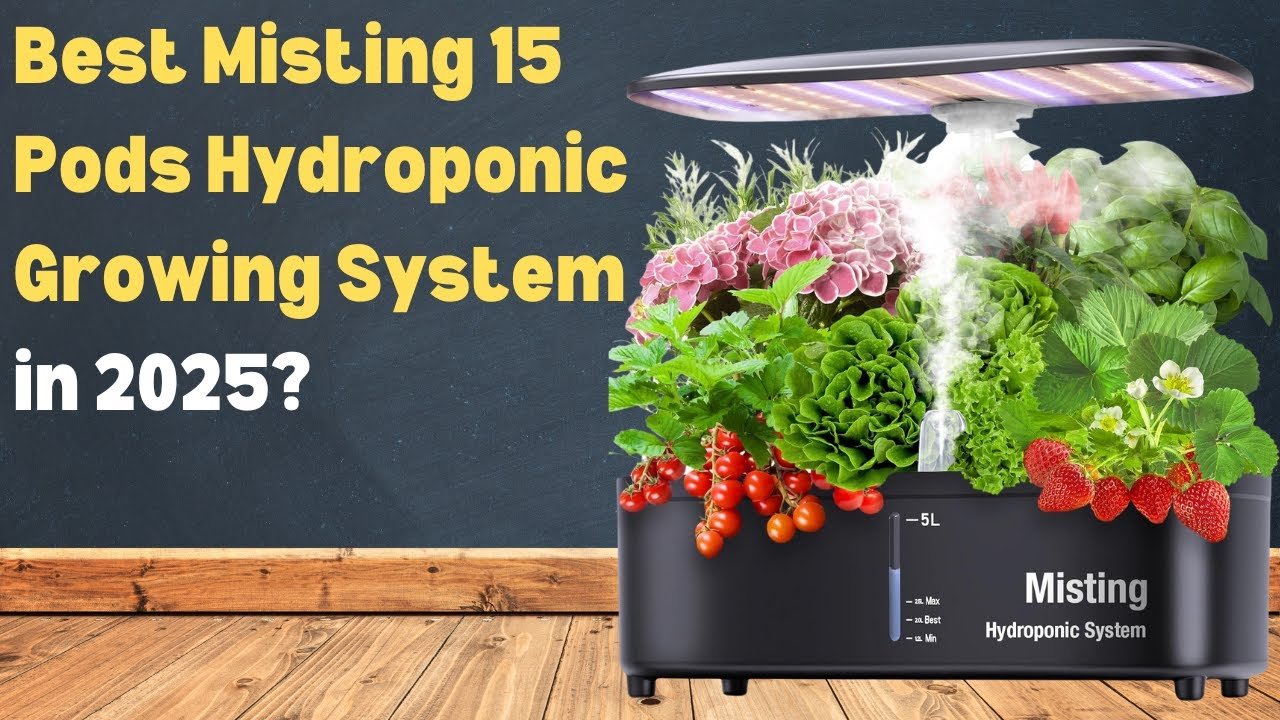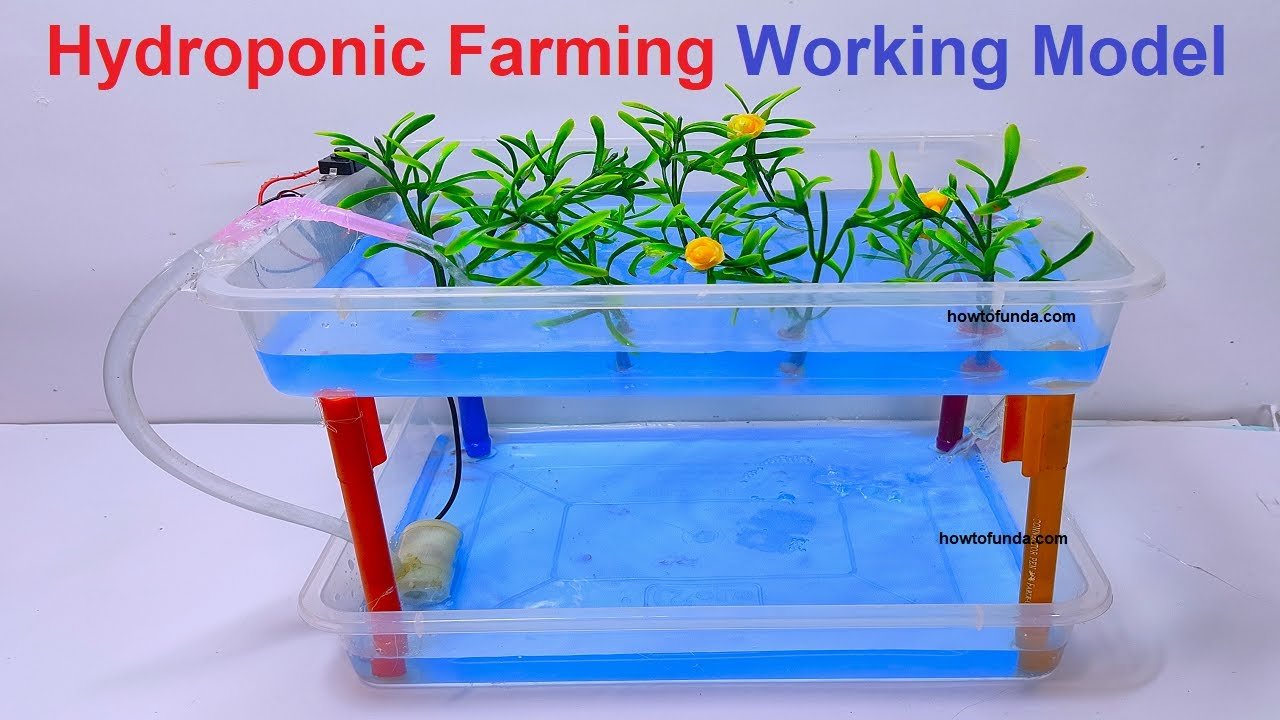Building My Aquaponics System: A Journey of Fish, Plants, and Patience
So, picture this: a sunny Saturday morning in Cedar Grove. I’m sitting on my porch with a steaming cup of coffee, the kind that always has just a hint of grounds left at the bottom. The birds are chirping, and my neighbor’s dog is barking at… well, probably nothing. It’s one of those days where inspiration hits like a freight train, and you suddenly decide you’re going to build an aquaponics system in your backyard.
Now, I’d dabbled in gardening a bit, but the idea of combining fish and plants in this weird, sustainable dance was like an alluring siren’s song. I wanted to be that cool neighbor with a thriving green setup, neighbors stopping by to marvel at my leafy treasures, all while feeling like a mad scientist.
The Initial Excitement
I marched out to my shed, where I had an assortment of old tools and half-finished projects stacked haphazardly. You know the kind: an old toolbox overflowing with rusted screws, a broken lawnmower gathering dust, and a few rogue flowerpots that seemed to have lost their partners. My eye landed on a big plastic container I’d used for a failed DIY worm farm last summer. There it was, just lying there like a treasure waiting to be discovered.
After raiding the shed, I had everything I thought I needed: a couple of PVC pipes, a small pump I remembered buying on clearance, and some leftover chicken wire. With a grand vision in my head, I got to work. I was so focused on getting the fish tank built that I forgot one crucial detail—what kind of fish was I going to use?
The Fish Dilemma
I could‘ve picked goldfish—they’re easy and you can find them at every pet store. But I opted for tilapia instead. Why? They’d be my culinary triumph, and I was dreaming of tilapia tacos long before I’d even finished building the contraption.
I made my first trip to the local fish store. Now, it’s not an aquarium store; it’s a cozy place run by an older gentleman named Mr. Thompson who knows more about fish than I know about my own family history. He sold me four juvenile tilapia and wished me luck.
The Setback
Back home, the excitement was palpable. I carefully placed the tilapia in their new watery abode, only to realize two days later that I’d forgotten to check the water quality. It smelled… well, let’s just say it had an undertone that made me question my life choices. I nearly balked when I saw the water turning a suspicious shade of green. It resembled that stuff they used to call "pond slime" in biology class. Panic set in.
I grabbed a water testing kit I had left over from my aquarium days. It revealed high ammonia levels—well, that can’t be good. I felt like I was standing in front of a giant green monster that I had somehow created.
Trouble in Paradise
At some point, I almost gave up. I mean, I spent all this time and energy, and for what? I recalled my grandmother’s old adage: “If you want the good things in life, you’re gonna have to bust your bum for ‘em.” So I rolled up my sleeves, did some research, and figured out I needed to cycle my tank.
With a little help from the internet and a few coffee-fueled late nights, I learned about beneficial bacteria that could stabilize the fish’s environment. I started testing the pH levels daily, adding the right dechlorinated water in measured doses. Thank goodness for that pesky algae; it turned out to be a sign that my system was finally becoming the environment I envisioned.
Nurturing Life
Days turned into weeks, and I managed to stabilize the tank! By now, my tilapia were thriving as if they’d just won the lottery. They were big enough to be entertaining, and I’d often find myself just standing there, watching them swim in circles, flaring their flowing fins in excitement every time I approached.
On the flip side, the plants were equally rewarding. I threw in some basil and lettuce (because who doesn’t want a fresh caprese salad?). To this day, the smell of freshly harvested basil reminds me of those chaotic early days. And let me tell you, nothing tastes better than a salad made with your own produce!
Embracing Imperfection
One day, as I was pruning my plants, it hit me: it wasn’t just about the fish and the plants. This whole experience was a beautiful mess of life lessons. Daily setbacks morphed into victories, and I wrestled with everything from algae outbreaks to fish deaths (lost two tilapia, sadly, while trying to rectify the water issue).
But there was joy in the journey—the kettle-drummer rhythm of troubleshooting, the meditative grace of watering the plants while a cold breeze tickled my spine, and the rich smell of dirt mixing with water. I laughed at myself more often than not, a coffee cup always near, and a dog named Max often dozing at my feet as I toiled away.
A Call to Adventure
So, if you’re sitting on your porch with a cup of coffee and a dream, don’t overthink it! Dive in with both feet, and maybe a little splash of water. It’s going to get messy, but that’s part of the fun.
I’ll tell you this: every hiccup taught me something valuable, and you will figure it out as you go. You don’t have to get it perfect to get started; just start. Trust me; it’s worth every bit of effort and uncertainty.
And if you want to keep exploring this adventure, come join the next session! Trust me, you’ll love it. Reserve your seat here.






Leave a Reply